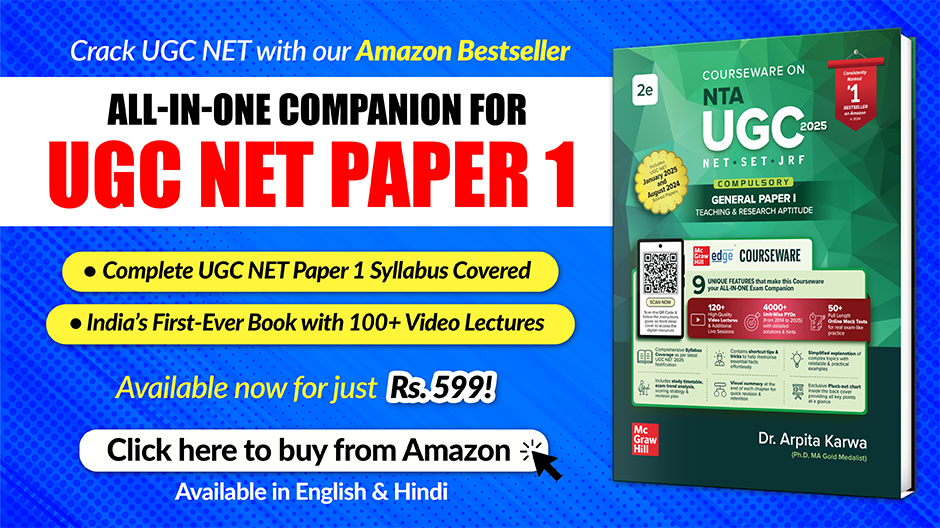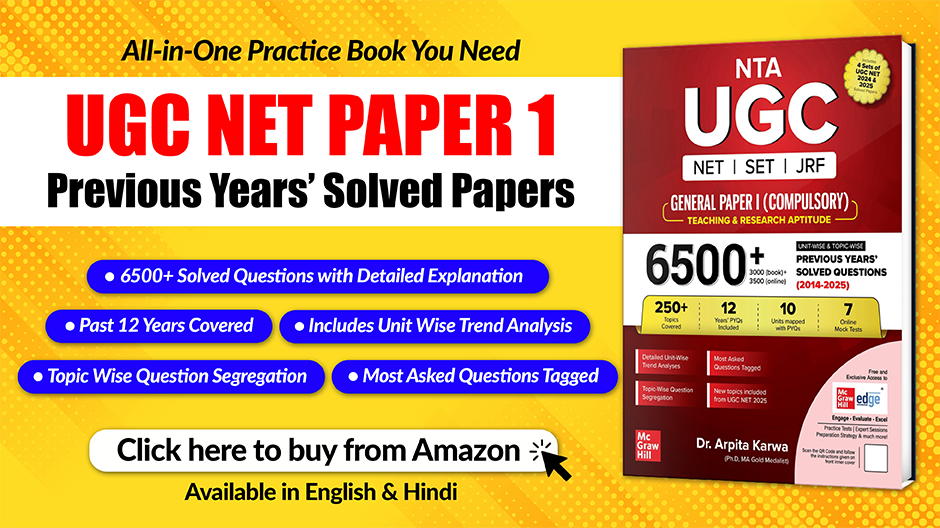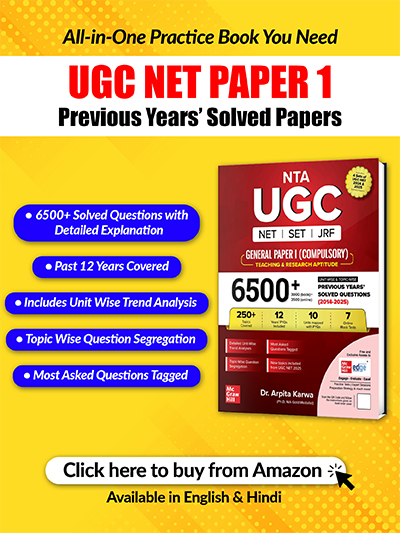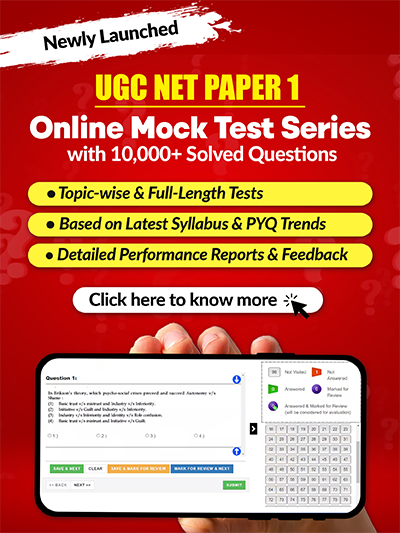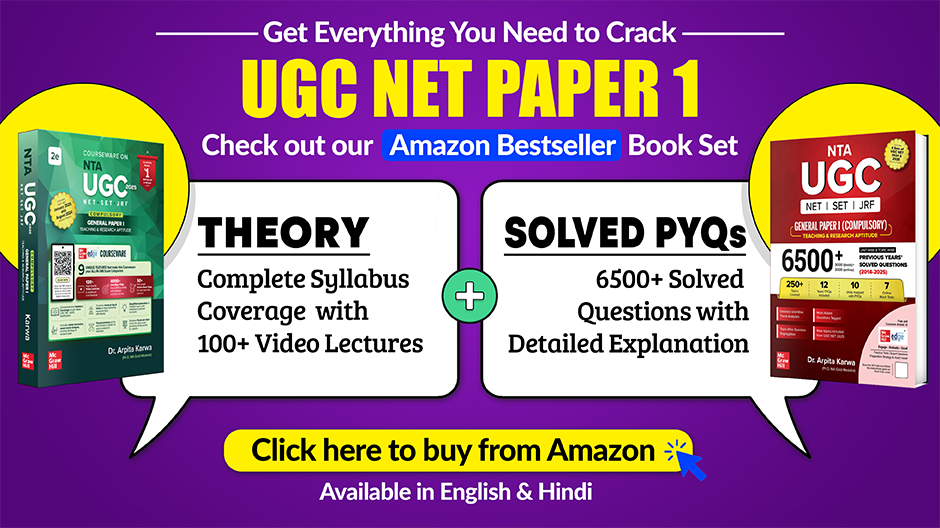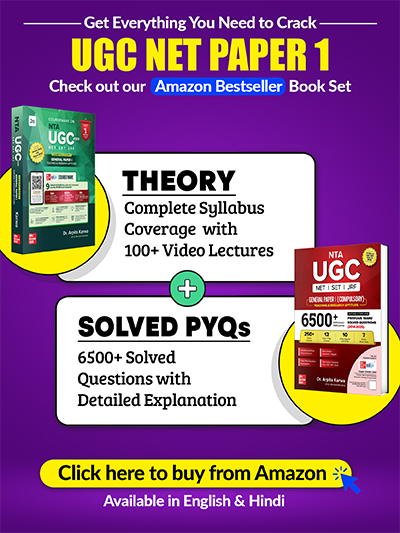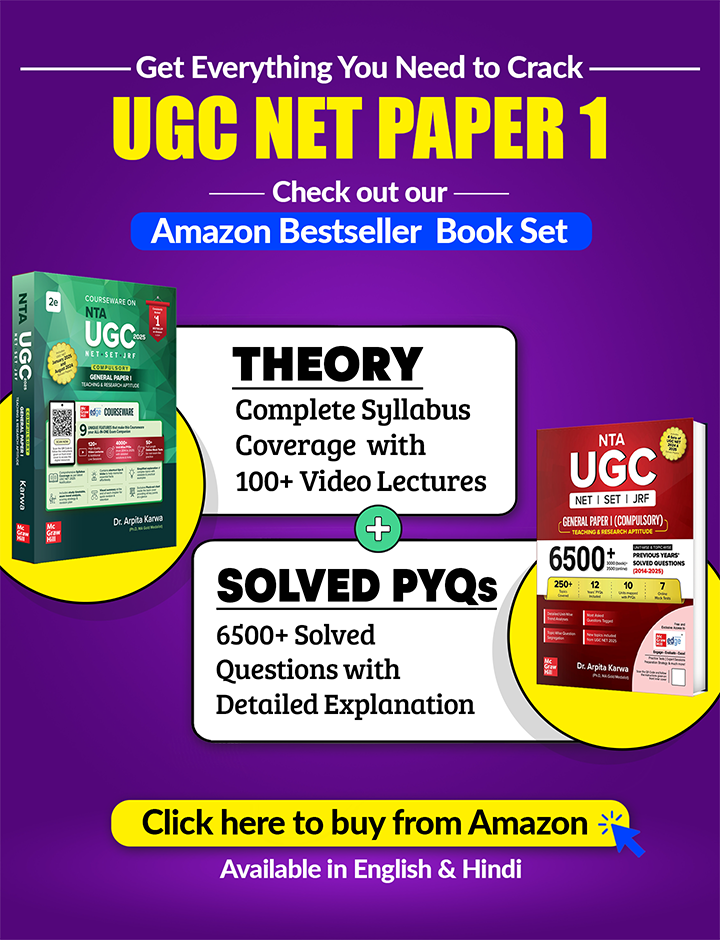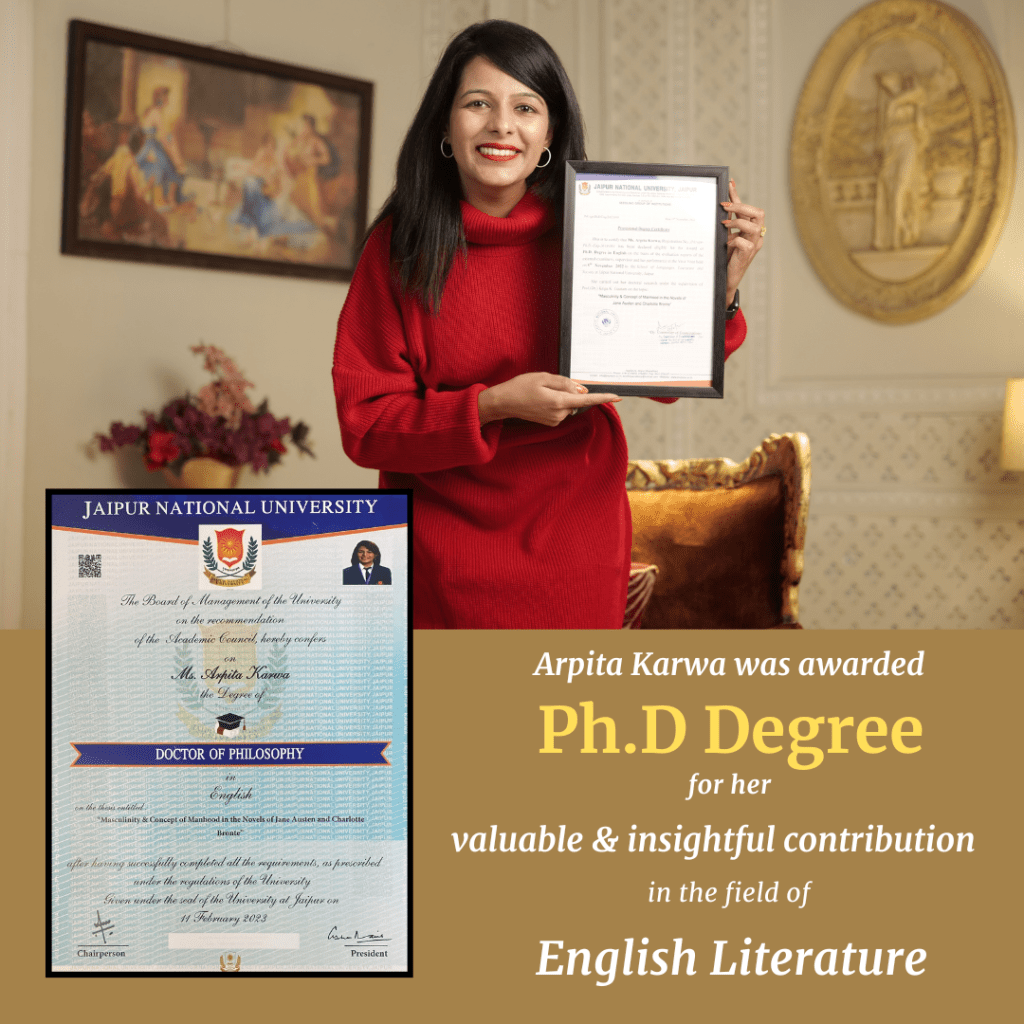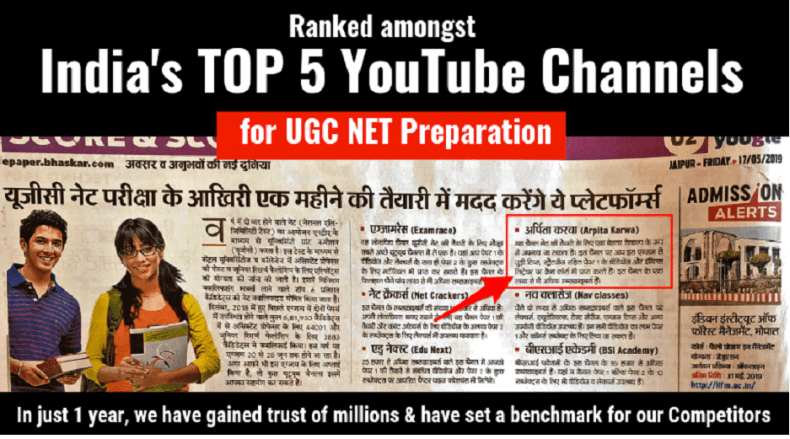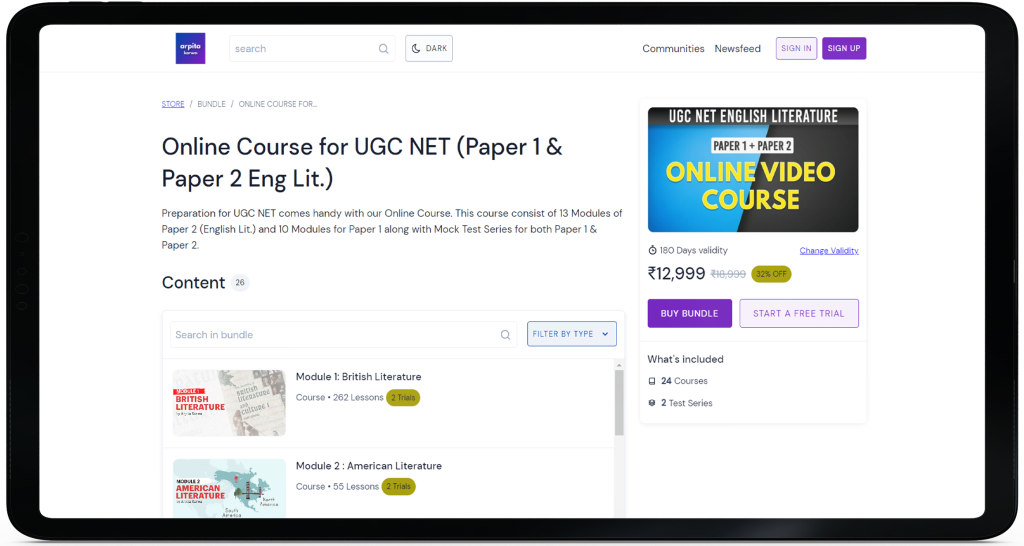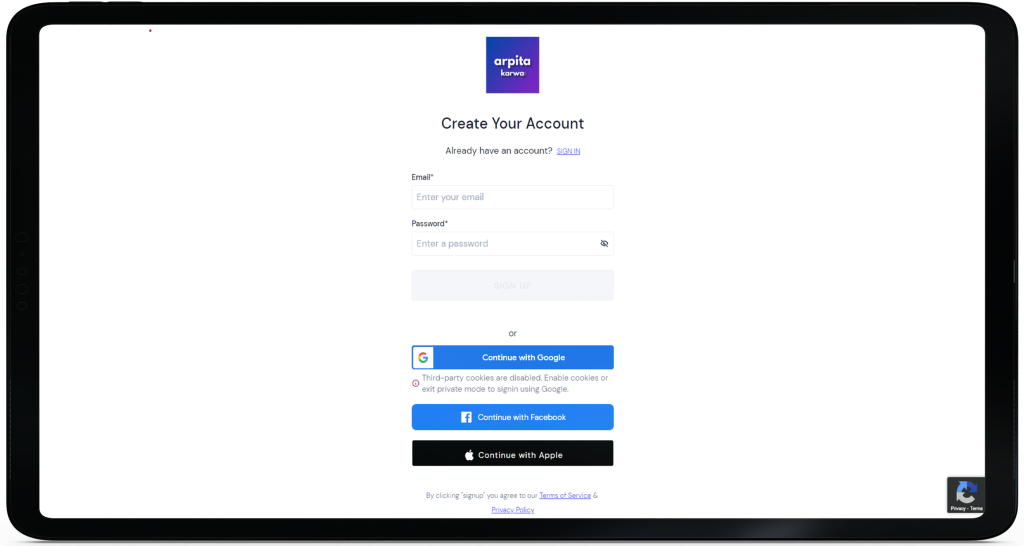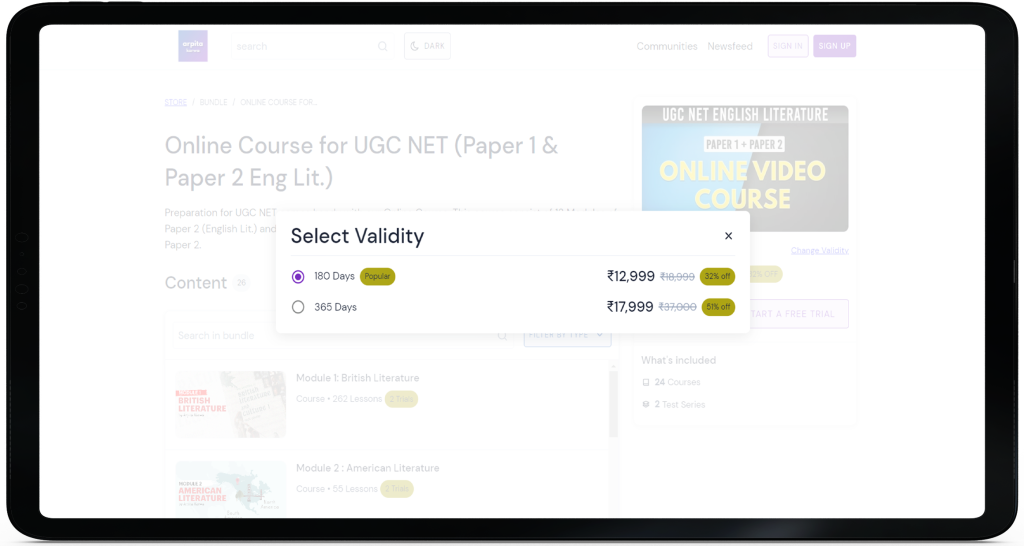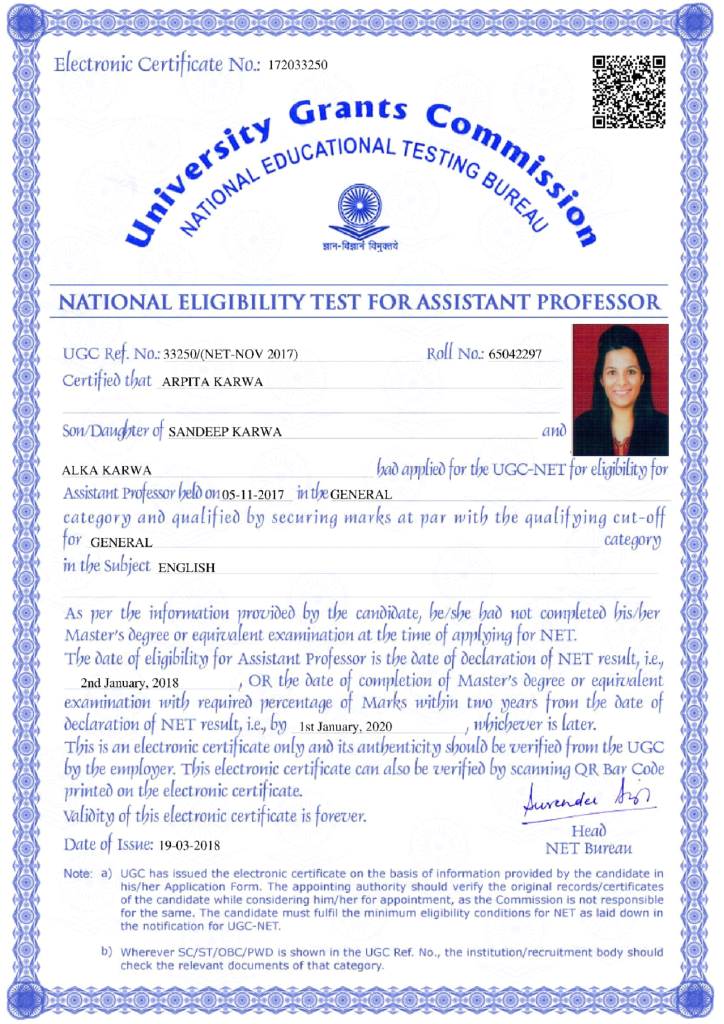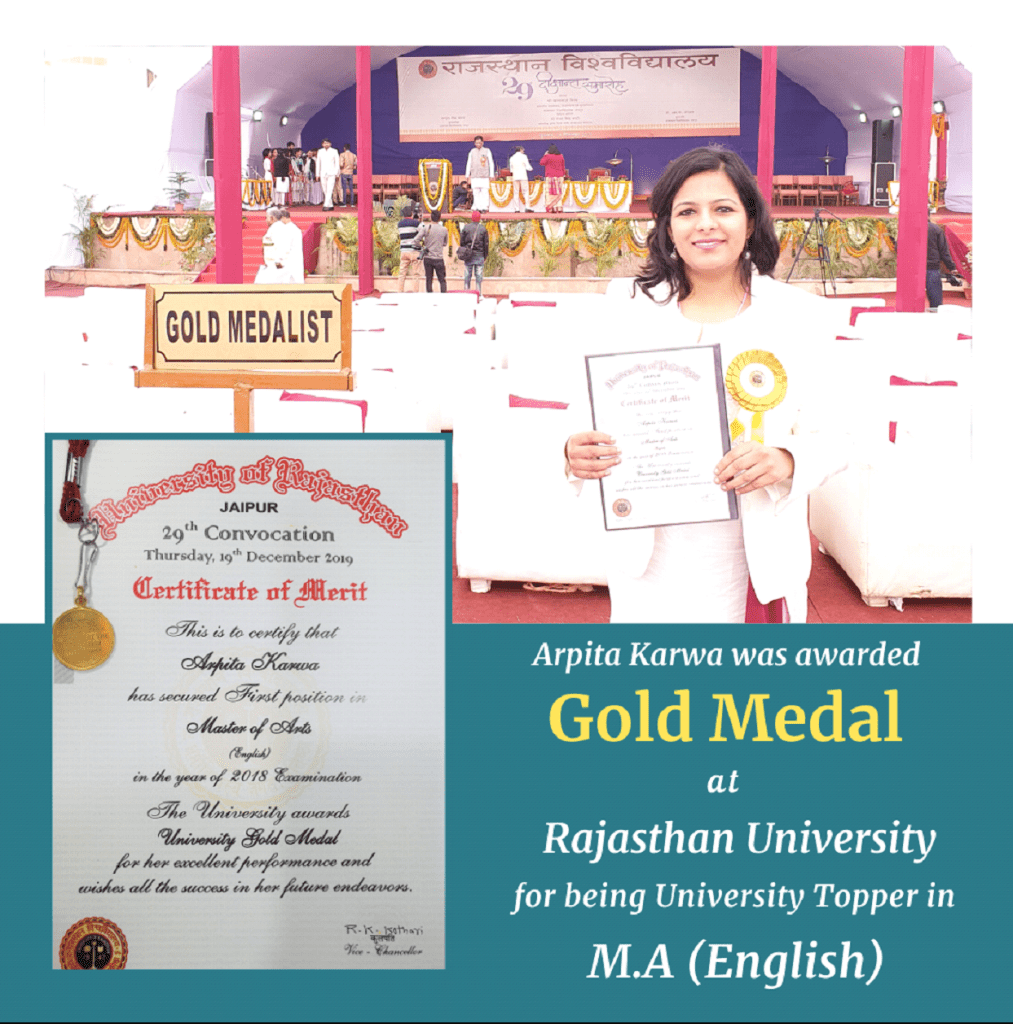March 2023 : Paper 1 (Conducted on 3rd March 2023 : Evening Shift)
June 19, 2023 2025-08-21 16:46March 2023 : Paper 1 (Conducted on 3rd March 2023 : Evening Shift)
March 2023 : Paper 1 (Conducted on 3rd March 2023 : Evening Shift)
Q.1-5)
Q.1) What is the difference between the total number of products produced by company A and B together, and by the company D?
[1] 1.92 lakh
[2] 1.53 lakh
[3] 1.48 lakh
[4] 1.12 lakh
Correct Answer: 4
Q.2) What is the difference between the total number of products P and Q produced by company F?
[1] 12400
[2] 12800
[3] 13150
[4] 14150
Correct Answer: 2
Q.3) What is the average number of products P sold by all the six companies together?
[1] 44740
[2] 44790
[3] 44840
[4] 44880
Correct Answer: 3
Q.4) What is the difference between the sale of number of products P and products Q by company E?
[1] 7280
[2] 7240
[3] 7305
[4] 7110
Correct Answer: 1
Q.5) The number of products P sold by company A is_____ % of the number of products P sold by company F.
[1] 40.625
[2] 120
[3] 296.5
[4] 406.25
Correct Answer: 4
Q.6) Which one of the following strategies is not an element that defines true cooperative learning?
[1] Positive interdependence and individual accountability
[2] Competition
[3] Group processing
[4] Collaborative and social skills
Correct Answer: 2
Q.7) What higher – order knowledge can make the difference between how well and quickly one’s students learn material?
[1] Declarative
[2] Rote
[3] Meta cognition
[4] Procedural
Correct Answer: 3
Q.8) Which of the following is not a type of implicit long term memory?
[1] Classical conditioning effects
[2] Priming
[3] Episodic Memory
[4] Procedural Memory
Correct Answer: 3
Q.9) Match the column:
A. Sensorimotor
B. Pre-operational
C. Concrete operational
D. Formal operational
I. can think logically about concrete problems
II. Learns through reflexes senses and movements actions on the environment
III. Can think hypothetically and deductively
IV. develops language and begins to use symbols to represent objects
[1] A-II B-I C-IV D-III
[2] A-I B-IV C-II D-III
[3] A-III B-II C-IV D-I
[4] A-II B-IV C-I D-III
Correct Answer: 4
Q.10) Which of the following is a game-based platform used in educational institutions to create quizzes, conversations and surveys?
[1] Classcraft
[2] Padlet
[3] Google classroom
[4] Kahoot
Correct Answer: 4
Q.11) When a researcher divides the entire population in sections, it is called as
[1] Stratifed sampling
[2] Cluster sampling
[3] Convenience sampling
[4] Systematic sampling
Correct Answer: 2
Q.12) Mean of the means of sampling distributions of a finite population is:
[1] More than the mean of that population
[2] Less than the mean of that population
[3] Equal to the mean of that population
[4] Equal to the median of that population
Correct Answer: 3
Q.13) The main types of validity encountered in research design and methodology are:
A. Internal
B. External
C. Construct
D. Statistical conclusion
[1] AC
[2] ACD
[3] BCD
[4] ABCD
Correct Answer: 4
Q.14) Statement I: Sampling where each member of the population can not be chosen more than once is called ‘sampling with replacement’.
Statement II: Sampling where each member of the population may be chosen more than once is called ‘sampling without replacement’
[1] Both Statement I and Statement Il are true
[2] Both Statement I and Statement Il are false
[3] Statement I is true but Statement Il is false
[4] Statement I is false but Statement Il is true
Correct Answer: 2
Q.15) Statement I: In India, the Consortium for Academic and Research Ethics (CARE) has been established by UGC to prepare and maintain lists of quality research journals.
Statement II: Guidance document: Good Academic Research Practices (2020) has been published by CARE
[1] Both Statement I and Statement Il are true
[2] Both Statement I and Statement Il are false
[3] Statement I is true but Statement Il is false
[4] Statement I is false but Statement Il is true
Correct Answer: 3
Q.16) People who help in the transmission of message, for example, reporters or copy-editors, are known in media circles as
[1] Carriers
[2] Transporters
[3] Mediators
[4] Relay people
Correct Answer: 4
Q.17) Which of the following mass media is considered less expensive and more effective than others for educational communication of non-literates?
[1] Television
[2] Radio
[3] News papers
[4] Films
Correct Answer: 2
Q.18) What are the relevant strategies of effective communication in a classroom?
A. Understanding the cultural background of students
B. Clarity in speech
C. Focused listening on both sides – teacher and students
D. Inventing cultural labels
E. Disdain for collective efforts
[1] ABC
[2] BCD
[3] CDE
[4] DEA
Correct Answer: 1
Q.19) Statement I: Language and other symbolic means of mass communication are social products.
Statement II: Communication media always make their audiences feel comfortable.
[1] Both Statement I and Statement Il are true
[2] Both Statement I and Statement Il are false
[3] Statement I is true but Statement Il is false
[4] Statement I is false but Statement Il is true
Correct Answer: 3
Q.20) Statement I: Persuasive communication does not blur the difference between truth and falsehood.
Statement II: Mass mediated communication never reflects truth.
[1] Both Statement I and Statement Il are true
[2] Both Statement I and Statement Il are false
[3] Statement I is true but Statement Il is false
[4] Statement I is false but Statement Il is true
Correct Answer: 2
Q.21) Find the next term in the series given below:-
5, 8, 13, 21, 34, ..
[1] 49
[2] 51
[3] 68
[4] 55
Correct Answer: 4
Q.22) The average age of a family of six members is 30 years. The youngest members of the family are twins with age 10 years. Find the average age of the family just before the birth of the twins.
[1] 28 years
[2] 25 years
[3] 30 years
[4] 32 years
Correct Answer: 3
Q.23) A person X is twice as good a workman as a person Y. By joining together, they complete a job in 18 days. Find the number of days the person X as well as Y can complete the job, respectively, if each of them works separately.
[1] (27, 54)
[2] (18, 36)
[3] (21, 42)
[4] (23, 46)
Correct Answer: 1
Q.24) A man earns Rs. 12,500 as simple interest @ 5% per annum in 5 years. Find the principal amount deposited by the man in the bank.
[1] Rs. 50,000
[2] Rs. 45,000
[3] Rs. 40,000
[4] Rs. 35,000
Correct Answer: 1
Q.25) A girl is standing outside her house facing north direction. Turing to her right she walks 50 metres. Then she turns to her left and walks 60 metres. She again turns to her right and walks 50 metres. Again she turns to her right and walks 80 metres. Finally she turns to her right again and walks 80 metres. In which direction is the girl now from the starting point.
[1] North – West
[2] South – East
[3] North – East
[4] South – West
Correct Answer: 2
Q.26) Which informal fallacy is committed in the following argument – “Efforts have been going on for centuries to provide conclusive evidence for the claims of astrology but have not met any access. Therefore we must conclude that astrology is nothing but nonsense?”
[1] False cause
[2] Hasty generalisation
[3] Slippery slope
[4] Argumentum ad Ignoration (Appeal to Ignorance)
Correct Answer: 4
Q.27) If the proposition “Some fishes are not egg-laying animals” is given as true, then which of the following propositions could be immediately inferred to be false?
[1] All fishes are egg-laying animals.
[2] Some fishes are egg-laying animals.
[3] No fishes are egg-laying animals.
[4] Some egg-laying animals are fishes.
Correct Answer: 1
Q.28) Which of the following statement is logically equivalent to the following statement- “Some dogs are not aggressive animals”?
[1] Some aggressive animals are not dogs.
[2] Some non-aggressive animals are not non-dogs.
[3] Some dogs are aggressive animals.
[4] Some non-dogs are aggressive animals.
Correct Answer: 2
Q.29) Which of the following statements are contradictory of each other?
A. All human beings are mortal.
B. Some human beings are not mortal.
C. Some human beings are mortal.
D. No human beings are mortal.
[1] BD
[2] BC
[3] AD
[4] AB
Correct Answer: 4
Q.30) “When I left my office few minutes ago there was no coffee on my table; now when I return there is a cup of coffee lying on my table. Therefore I can conclude that somebody must have brought a cup of coffee for me during my absence at the office.” Which of the following instruments of knowledge is used in the above example?
[1] Perception (Pratyaksa)
[2] Postulation (Arthapatti)
[3] Similarity (Upamana)
[4] Non-existence (Anuplabdhi)
Correct Answer: 2
Q.31) Which of the following applications (A-C) are built on top of open-source digital platforms?
A. Moodle
B. Aarogya setu
C. Skype
[1] AB
[2] AC
[3] BC
[4] ABC
Correct Answer: 1
Q.32) Match the column:
A. Web 1.0
B. Web 2.0
C. Web 3.0
D. Web 5.0
I. Democratization of the capacity of action and knowledge
II. Emotional web
Ill. Democratization of content production
IV. Democratization of information access
[1] A-IV B-III C-I D-II
[2] A-III B-II C-IV D-I
[3] A-I B-III C-IV D-II
[4] A-IV B-II C-I D-III
Correct Answer: 1
Q.33) Statement I: The National Mission on Education Through Information and Communication Technology (NMEICT) has been envisaged as a centrally sponsored scheme.
Statement II: The NMEICT has produced wondrous benefits for young minds studying in primary, secondary and higher education institutions.
[1] Both Statement I and Statement Il are true
[2] Both Statement I and Statement Il are false
[3] Statement I is true but Statement Il is false
[4] Statement I is false but Statement Il is true
Correct Answer: 3
Q.34) Digital signature service that has been launched on Aadhar platform is called
[1] DigiSignDesk
[2] eSignDesk
[3] OnlineSignDesk
[4] GoogleSignin
Correct Answer: 2
Q.35) The IT (Amendment) Act, 2008 aimed at strengthening the law to combat cyber crime, came into force in India on
[1] 27 – October – 2009
[2] 27 – October – 2008
[3] 17 – October – 2009
[4] 17 – October – 2008
Correct Answer: 1
Q.36) Statement I: One of the ways to control greenhouse gas emissions is by encouraging energy efficiency throughout society in our country.
Statement Il Improving energy efficiency has significant environmental benefits.
[1] Both Statement I and Statement Il are true
[2] Both Statement I and Statement Il are false
[3] Statement I is true but Statement Il is false
[4] Statement I is false but Statement Il is true
Correct Answer: 1
Q.37) Statement I: Toxicodynamics refers to the distribution of chemicals in the body.
Statement II: Toxicokinetics refers to the process by which chemicals produce effects in the body.
[1] Both Statement I and Statement Il are true
[2] Both Statement I and Statement Il are false
[3] Statement I is true but Statement Il is false
[4] Statement I is false but Statement Il is true
Correct Answer: 2
Q.38) Light water nuclear reactors use the following moderator:
[1] Ordinary water H2O
[2] Graphite
[3] Heavy water D2O
[4] Pressurized water
Correct Answer: 1
Q.39) Which of the following is true about hard water?
A. Hardness in water can occur in both surface and underground waters.
B. Hardness increases the cleaning efficiency of water.
C. It is caused by carbonates of magnesium and calcium.
D. Hard water is considered as safe for human consumption.
E. Hard water causes scaling in water distribution systems.
[1] ACDE
[2] ACE
[3] BCDE
[4] ABDE
Correct Answer: 1
Q.40) The Sustainable Development Goals (SDGs) are intended to be achieved by the year
[1] 2025
[2] 2027
[3] 2029
[4] 2030
Correct Answer: 4
Q.41) In the twenty first century, higher Education development in India should focus on
A. Access and Equity
B. Single domain government aided universities
C. Market driven fee structure and quality
D. Accountability and quality
[1] AD
[2] BC
[3] BD
[4] CD
Correct Answer: 1
Q.42) Match the column:
A. First vertical of HECI
B. Second vertical of HECI
C. Third vertical of HECI
D. Fourth vertical HECI
I. General education council (GEC)
Il. National Higher Education Regulatory Council
(NHERC)
Ill. National Accreditation council (NAC)
IV. Higher education grants council (HEGC)
[1] A-II B-III C-IV D-I
[2] A-III B-II C-IV D-I
[3] A-II B-IV C-III D-I
[4] A-III B-IV C-II D-I
Correct Answer: 1
Q.43) Statement I: Conventional education uses traditional teaching-learning methods in which teachers and learners are involved by interacting in a face-to-face manner in the classroom.
Statement II: In active learning the timely feedback from either the instructor or fellow students is not critical to the learning process.
[1] Both Statement I and Statement Il are true
[2] Both Statement I and Statement Il are false
[3] Statement I is true but Statement Il is false
[4] Statement I is false but Statement Il is true
Correct Answer: 3
Q.44) Which of the following ancient texts relate to Law?
A. Grihya Sutra
B. Nyaya Sutra
C. Dharma Sutra
D. Sarnkhya pravacana Sutra
[1] ACD
[2] AC
[3] ABCD
[4] BD
Correct Answer: 2
Q.45) The Act of Incorporation passed by Lord Canning in February, 1857, provided for the establishment of which of the following universities?
A. Calcutta
B. Delhi
C.Bombay
D. Madras
[1] BCD
[2] AD
[3] ACD
[4] ABD
Correct Answer: 3
Q. 46-50)
Read RC Passage to Answer:
The momentum of change across India is evidenced in the enthusiasm among India’s youth. The growth of civil society organisations, aspirations of youth legislators, and participation of activists are grounded in the market. The momentum of change across India thus is presented as the politics of hope that is brought about by the power of the market. We must also note the articulation of the sense of possibility of hope that has been made possible by the market such that everyday, Indians can leave their village in the hope for something better waiting for them in their future. The narrative of continual progress and belief in the future thus are intertwined with the individual freedoms that have been brought about by the market. Belief in the future made possible through self-help and participation in the market is synonymous with new opportunities. This sense of possibilities then is juxtaposed in the backdrop of welfare services and public support, which are portrayed as being out of sync with the new imagination of a new empowered India. The story of an India is that of liberated aspirations made possible by economic reforms. This is further improved by the state based politics of public welfare and public support. The promise of India in its youth is marked by liberalisation and market reforms. The miracle of market holds key to the future of India.
Q.46) The change witnessed in India now is due to
[1] Social grounding
[2] Political interference
[3] The market momentum
[4] Youth migration
Correct Answer: 3
Q.47) The change taking place in India is described as:
[1] Activism
[2] Articulation
[3] Politics of marketing
[4] Politics of hope
Correct Answer: 4
Q.48) The youth’s belief in the future is propelled by-
[1] Disrupted progress
[2] Self-help
[3] Restricted freedom
[4] Unsynchronised imagination
Correct Answer: 2
Q.49) Which of the following has strengthened the people’s belief in the future?
[1] Public welfare policies
[2] Narratives of backwardness
[3] Limited opportunities
[4] Absence of public support
Correct Answer: 1
Q.50) For a new empowered India, the passage has highlighted the importance of:
[1] Controlling the market power
[2] Political reforms
[3] Urbanisation
[4] Economic reforms and liberalization
Correct Answer: 4
